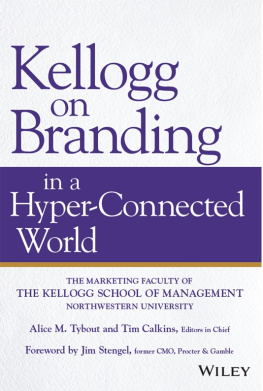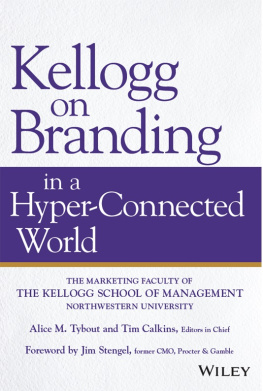Acknowledgments
At its publication date, this project is eleven years old. I use the term project with intention, because while its current state is a book, the book itself feels like a shoot of an underground rhizome that has pierced the soil and made it to light. The underground rhizome is the ever-growing, twisting and turning phenomenon that we might call an intellectual journey, or maybe even a career. Like many scholars, feeding this rhizome from time to time I find myself using the online Oxford English Dictionary in search for inspiration, which is exactly what I was doing when I discovered an obsolete (Shakespearean, actually) usage of the term project: a mental conception, idea, or notion. In this way, A Geography of Digestion is a project in the sense that it began as a vision, something that I saw clearly in my mind and then spent a long time figuring out how to articulate. It is also a project in that it is ongoing, never fully complete, and open to conversation and growth; it may always feel notional.
I would like to thank the people directly involved in this particular shoot of the rhizome, that is, the making of the book. I respect and value the anonymous peer-review process, and this book would not be what it is without two extremely patient, thoughtful, and giving reviewers. It is an honor to have peers so carefully engage with ones core thoughts and styles of articulation. The editorial staff at the University of California Press remained committed and involved in the making of the book. Thank you to Darra Goldstein for inviting me to submit a rhizome shoot (my words) to be considered for inclusion in the California Studies in Food and Culture series. Many of the scholars I admire most in food and agriculture studies have contributed to this series over the past fifteen-plus years, and it is humbling to have this project find light here. At the presss offices it has been a pleasure to work directly with Stacy Eisenstark, Zuha Khan, Glynnis Koike, Bradley Depew, Tom Sullivan, and Dore Brown. Kate Marshall took the time to meet with me in person, shepherding, shaving, and refining the content to help transform it from an idea to a book. Thank you to Emily Park, who copyedited every character of the manuscript with profound consistency and astuteness. And thank you to Carol Roberts, who took the time to read both the surface and depth of the text while crafting the books index.
I was able to perform archival research throughout the state of Michigan thanks to the guidance of many librarians and keepers of history. From Michigan State University thanks go to Anita Ezzo, Cynthia Ghering, and Kathleen Weessies. From the University of Michigan, thank you to Karen Jania. In the town of Battle Creek itself, where all the local geographical knowledge exists, thanks especially to Garth Duff Stoltz, Andrew Michalowski, and George Livingston. Not all of the Kellogg manuscripts are in Michigan; many of them are carefully housed in Loma Linda, California, one of the present-day headquarters of the Seventh-day Adventist denomination. At Loma Linda University, thank you to Lori Curtis and Janice Little. Generous funding for carrying out this research was granted to me through travel and research fellowships from the American Association of Geographers Cultural Geography Specialty Group, the UCLA Darling Biomedical Library, and the University of Michigans Bentley Historical Library.
I wrote this bookor rather rewrote it based on my dissertation workwhile a post-doctoral researcher at Stanford University. Thanks go to Zephyr Frank, who, despite my simultaneously conducting another entirely different major project, encouraged me to keep writing A Geography of Digestion . Moving between projects over my years at the Center for Spatial and Textual Analysis worked well for me, as the ideas always seemed to stay fresher that way.
So much for the book project itself, with sincere apologies to all those left unnamed. What about the acknowledgments one makes to the rhizome, or the greater building of ones intellectual identity? Here I could thank hundreds if not thousands of people. My interest in food and agriculture studies began in the University of Wisconsin-Madisons geography department, which has a long tradition of research in nature-society relations. During my time as a graduate student at UCLA, eleven years ago, the people who initially helped get this project going include my main advisor, Michael Curry, who was always wise and patient in the evolution of the project; he remains someone I look up to with great admiration. Denis Cosgrove, along with many other students, taught me the power of landscape as an analytic tool. John Agnew helped frame the broader political significance of food and eating. And Norton Wise, in whose history of science seminar I discovered that John Kellogg cared about digestion, offered me an inroad to write and talk about the materiality of food consumption. During my first year at UCLA I had the opportunity to participate in a University of California intercampus exchange program, which brought me to UC Santa Cruz for one spring term. There I had the privilege to meet regularly with scholars in their food studies program, including Julie Guthman, Melanie DuPuis, Margaret Fitzsimmons, and Melissa Caldwell, all of whom were generous with their time despite busy teaching and research schedules. I greatly value all of these experiences.











